7 Quick Solutions To Fix Macbook Screen Goes Black But Still Running
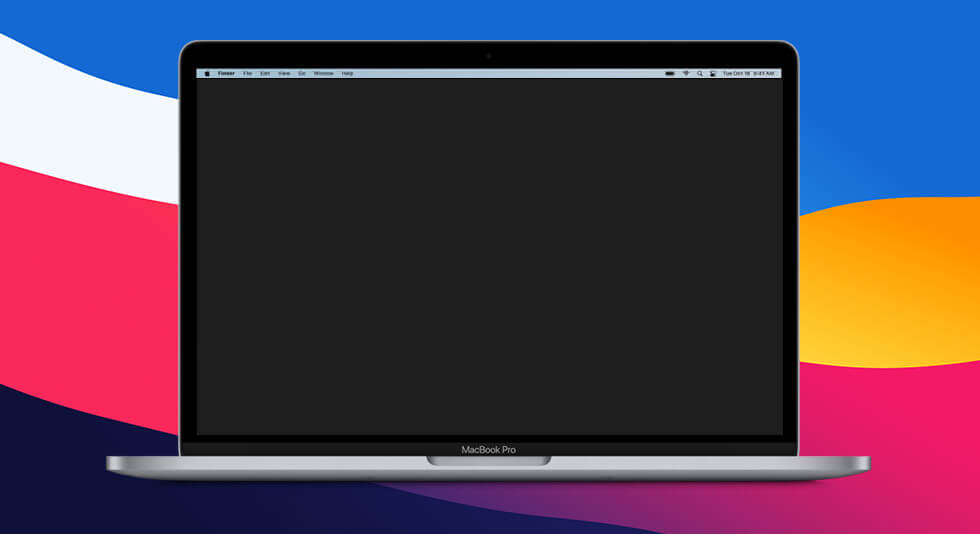
Agree or not, one of the most frustrating issues that Mac users occasionally encounter is when their screen inexplicably turns black while the system continues to run in the background. Yes, we have all been there! This confusing scenario leaves users perplexed and makes users wonder how to reclaim their digital workspace.
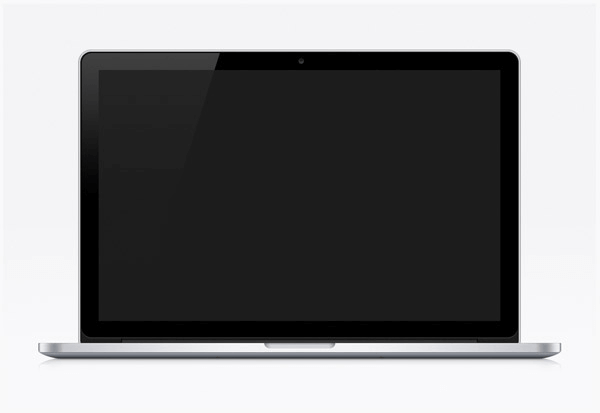
In this comprehensive guide, we’ll explore the common causes behind the “Macbook Screen Goes Black But Still Running” dilemma. From software glitches to hardware malfunctions, we’ll unravel the potential culprits that might be triggering this issue.
Moreover, armed with a range of troubleshooting techniques and expert tips, we’ll walk you through the step-by-step process of diagnosing and rectifying the problem, ensuring your Macbook is back to its optimal performance in no time.
MacBook Black Screen? Here Are The Top Reasons For This Issue!
Here are the top reasons why a MacBook screen might go black while the system is still running:
- Software Glitches or Hangs
- Display Brightness Settings
- Faulty Graphics Drivers
- Hardware Connection Issues
- Battery or Power Problems
- Incompatible Apps or Extensions
Also read: How To Fix Macbook Stuck on Loading Screen?
MacBook Screen Goes Black? Try These Fixes!
Solution 1: Check the Physical Connections
As the MacBook Black Screen” problem can occasionally arise from insufficient batteryor lack of power connection, it’s crucial to verify these aspects before delving into more complex solutions.
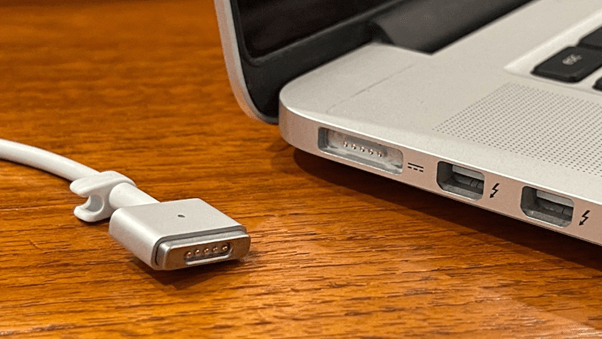
When MacBooks run low on battery, they typically display an empty battery icon, indicating an inability to power on. In contrast, Macs and iMacs won’t operate if they’re not linked to a power supply.
Solution 2: Double-check the Screen Brightness Level
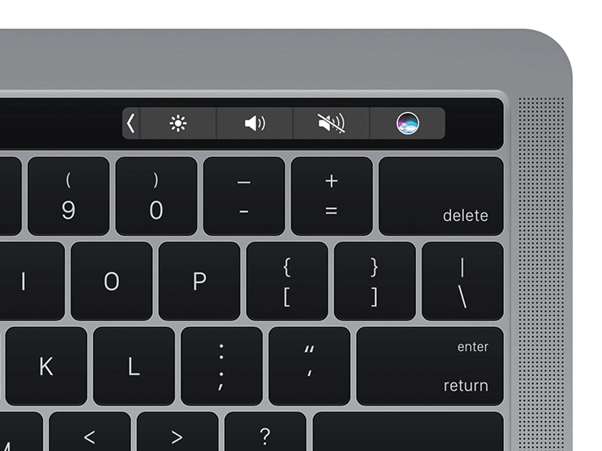
Double-checking the screen brightness level is a simple yet crucial step in troubleshooting a MacBook with a black screen. Sometimes, the brightness might be inadvertently turned down too low, giving the impression of a black screen. Adjusting this setting could swiftly resolve the issue.
Also read: Best Ways To Stop MacBook Screen Flickering
Solution 3: Perform a Force Restart on Your MacBook
When Mac turns into a black screen, a force restart can often jolt the system back to normalcy. This procedure can help in situations where the operating system encounters a temporary glitch or hang-up. Follow these steps to initiate a force restart:
Step 1: Press and hold down the power button on your MacBook.
Step 2: Continue holding it down until the screen goes completely dark and you hear the startup chime (if applicable).
Step 3: Release the power button and allow your MacBook to restart.
This method can sometimes rectify the MacBook Black Screen issue, allowing your MacBook to boot up properly with a functioning display.
Solution 4: Reset the NVRAM/PRAM
Resetting the Non-Volatile RAM (NVRAM) or Parameter RAM (PRAM) is a valuable troubleshooting step for resolving various system-related issues, including a black screen on your MacBook. This process involves resetting certain system settings to their default values. Follow these steps:
Step 1: Shut down your MacBook.
Step 2: Press the power button and immediately hold down the Option, Command, P, and R keys simultaneously.
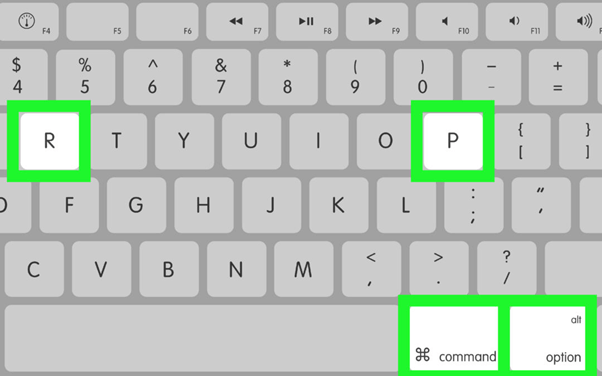
Step 3: Keep holding the keys down for about 20 seconds, or until you hear the startup chime (if applicable) and see the screen flash.
Step 4: Release the keys and allow your MacBook to restart.
This action can often clear out any minor system glitches that may be causing the MacBook Black Screen issue, providing a fresh start for your system.
Also read: How To Set Up And Use Screen Sharing on Mac
Solution 5: Disconnect External Devices
Sometimes, external devices like monitors, USB hubs, or peripherals can cause conflicts that lead to a black screen on your MacBook. To troubleshoot this, follow these steps:
Step 1: Safely disconnect all external devices from your MacBook.
Step 2: Restart your MacBook.
Step 3: Check if the screen displays properly after the restart.
If the screen works fine after disconnecting external devices, you can reconnect them one by one to identify the problematic device. This step can help isolate and resolve any compatibility issues causing the black screen.
Solution 6: Boot Mac in Safe Mode
Booting your Mac in Safe Mode is a powerful troubleshooting tool. It helps isolate software conflicts or problematic third-party apps that might be causing the black screen. Here’s how you can do it:
Step 1: Shut down your MacBook.
Step 2: Turn it back on and immediately press and hold the Shift key.
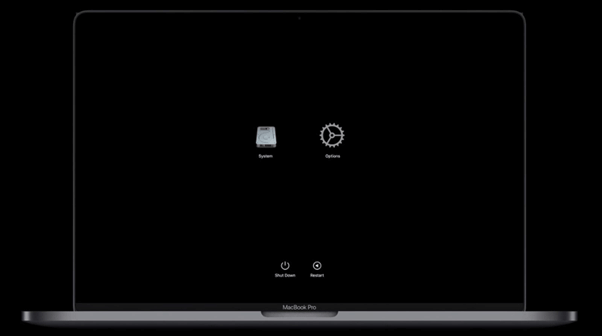
Step 3: Continue holding the Shift key until you see the Apple logo and a progress bar.
Step 4: Once the startup process is complete, log in to your account.
In Safe Mode, your Mac only loads essential system components, bypassing any potentially problematic third-party software. If your MacBook starts up normally in Safe Mode, you need to further investigate and address any software-related issues that may be causing the black screen.
Solution 7: Connect to an External Display
Connect your MacBook to an external display using the appropriate adapter and cable.
Power on the external display and switch it to the correct input source.
Restart your MacBook. It should automatically detect the external display and mirror the screen.
This can allow you to access your system through the external display and troubleshoot the issue.
Also read: How To Repair White Screen Issues On Mac
Conclusion
A black screen on your MacBook can be a disconcerting hiccup in your workflow. However, armed with these seven quick solutions, you can navigate through the darkness and bring your MacBook back to life. Whether it’s a simple adjustment of screen brightness, a forceful restart, or diving into advanced troubleshooting techniques, this guide has provided you with a range of options to tackle the “Macbook Screen Goes Black But Still Running” issue.
Remember that the MacBook Black Screen problem can vary, and the right solution depends on the specific circumstances of your MacBook. By systematically trying these solutions, you can swiftly identify and resolve the issue, ensuring that your MacBook screen shines brightly once more.
Don’t let a black screen dim your productivity; instead, use these solutions to troubleshoot the problem.

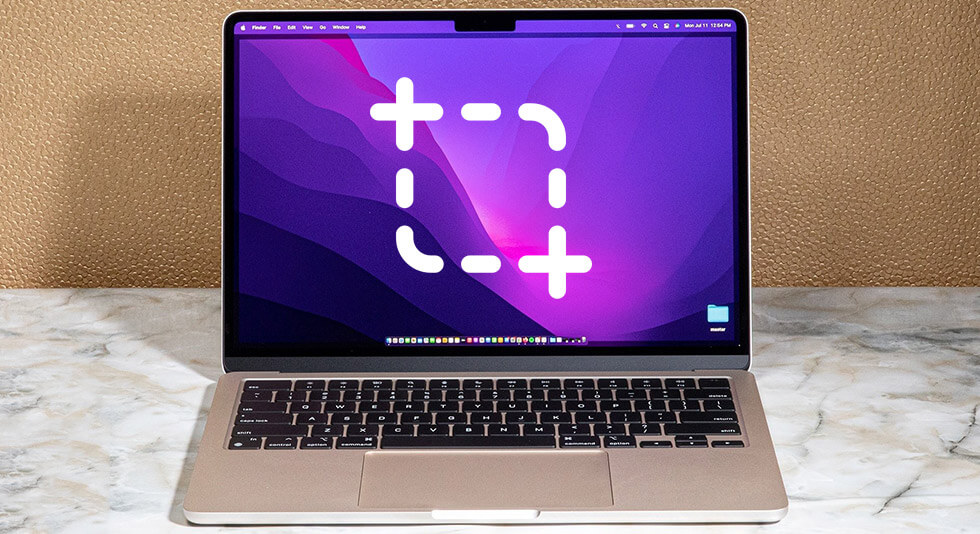 How to Take a Screenshot on Mac Step-By-Step Guide
How to Take a Screenshot on Mac Step-By-Step Guide How to Access and Control Mac Remotely For Any Device
How to Access and Control Mac Remotely For Any Device Best Tools To Take Scrolling Screenshots on Mac 2024
Best Tools To Take Scrolling Screenshots on Mac 2024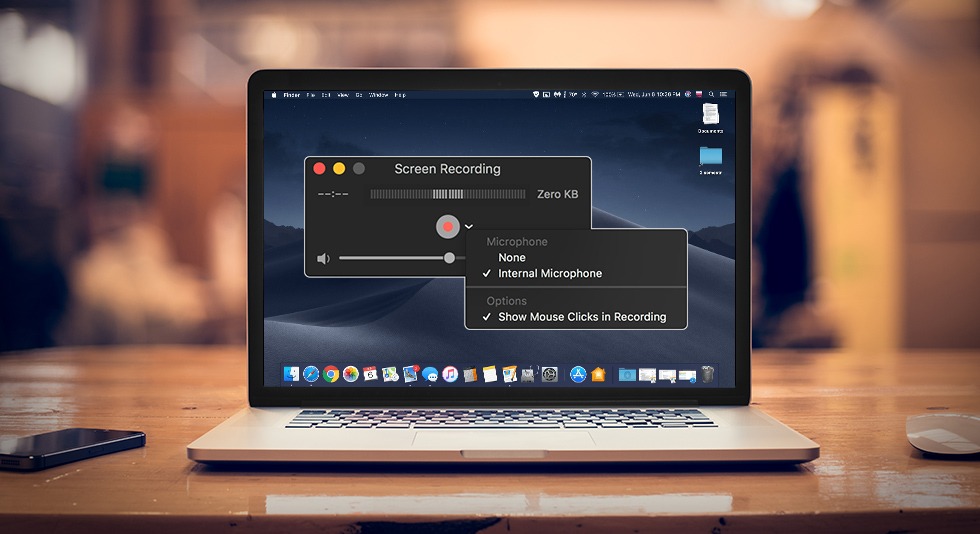 How To Record Mac Screen With Audio
How To Record Mac Screen With Audio